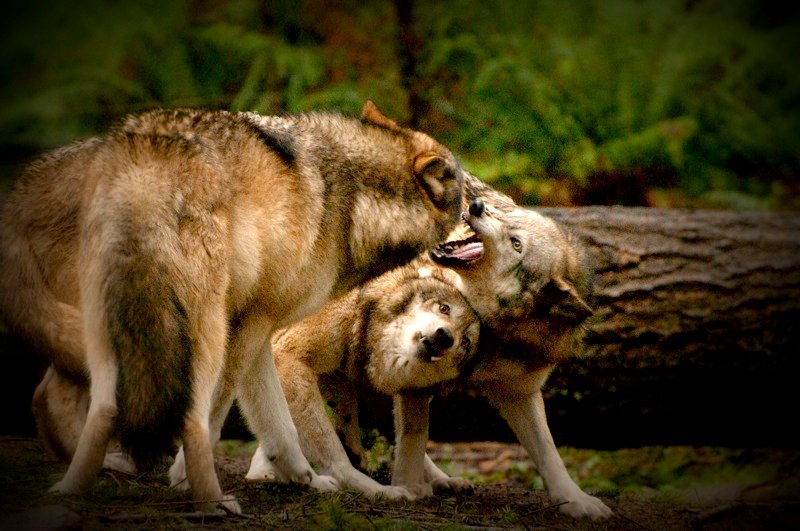Concepts in Behavior
LEARNING OBJECTIVES
At the end of this chapter, you should be able to:
- List and explain the five different mating systems found among animals.
- Explain how molecular data is used to understand animal mating systems.
- Define and explain the concept of Extra Pair Paternity (EPP).
- Explain how male and female reproductive behavior can alter genetic diversity patterns within a species.
- Define and explain the concept of sexual conflict in animals.
Behavioral ecology bridges the gap between the actions of organisms and the genetic mechanisms that underpin these behaviors, offering insights into how evolutionary pressures shape not only the physical traits but also the behavioral strategies of species. From mating rituals and social structures to foraging patterns and habitat selection, behavioral ecology provides a context for interpreting molecular data in a broader ecological and evolutionary framework. By integrating behavioral observations with molecular genetics, we can uncover the genetic basis of behavior and its evolutionary consequences, thereby enriching our understanding of biodiversity and species adaptation.

Media Attributions
- © Claire Gribbin is licensed under a CC BY (Attribution) license

